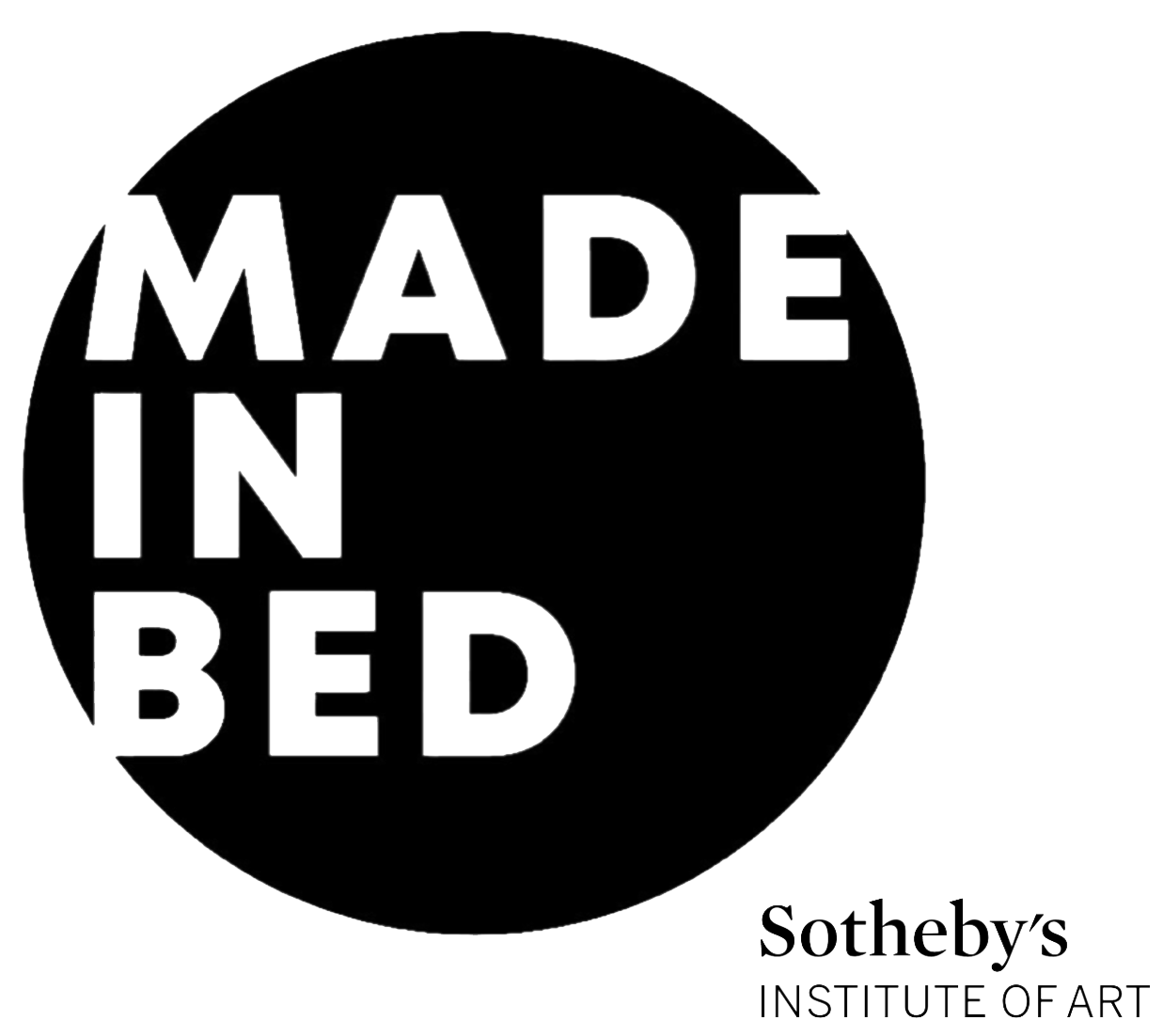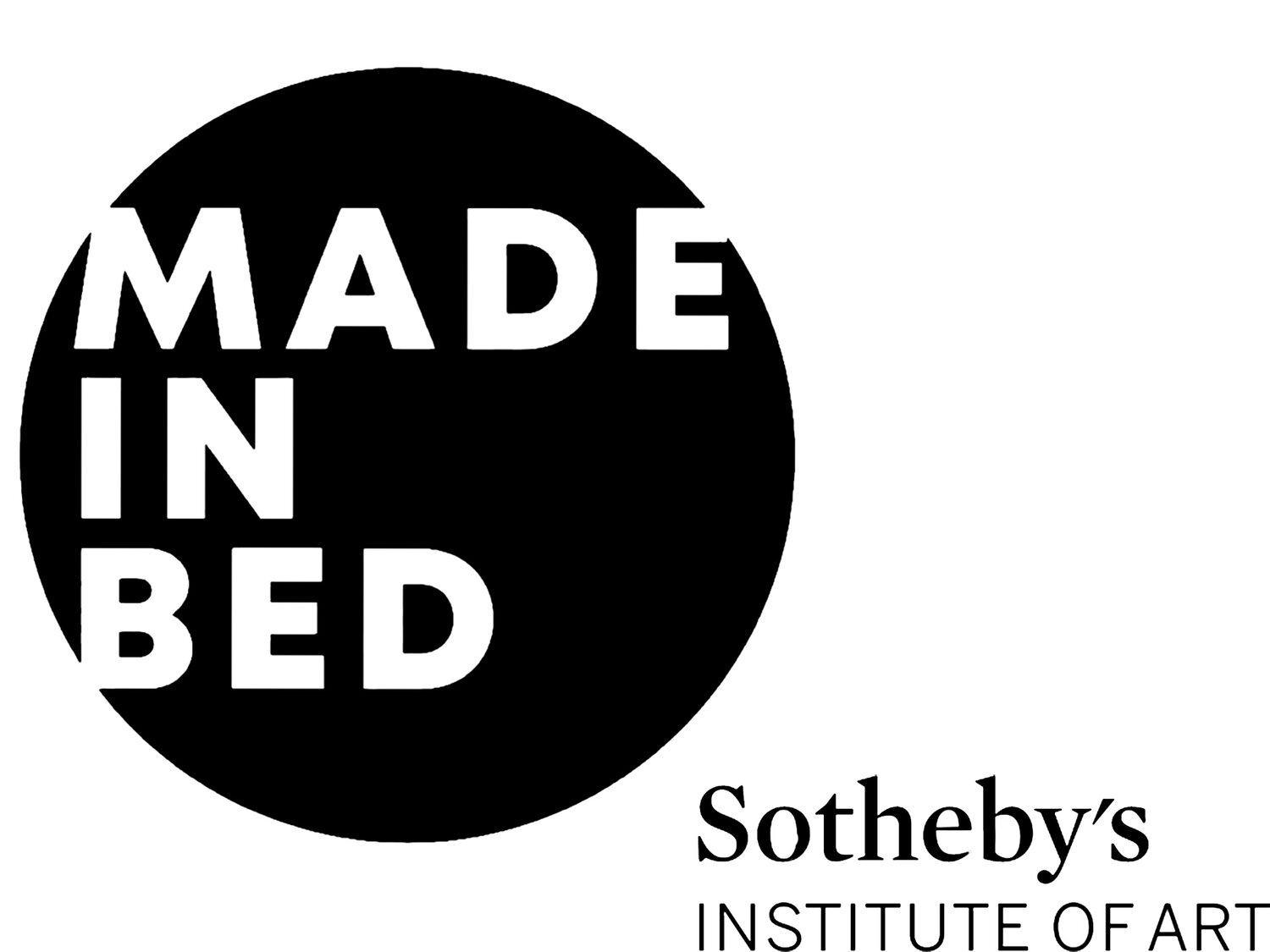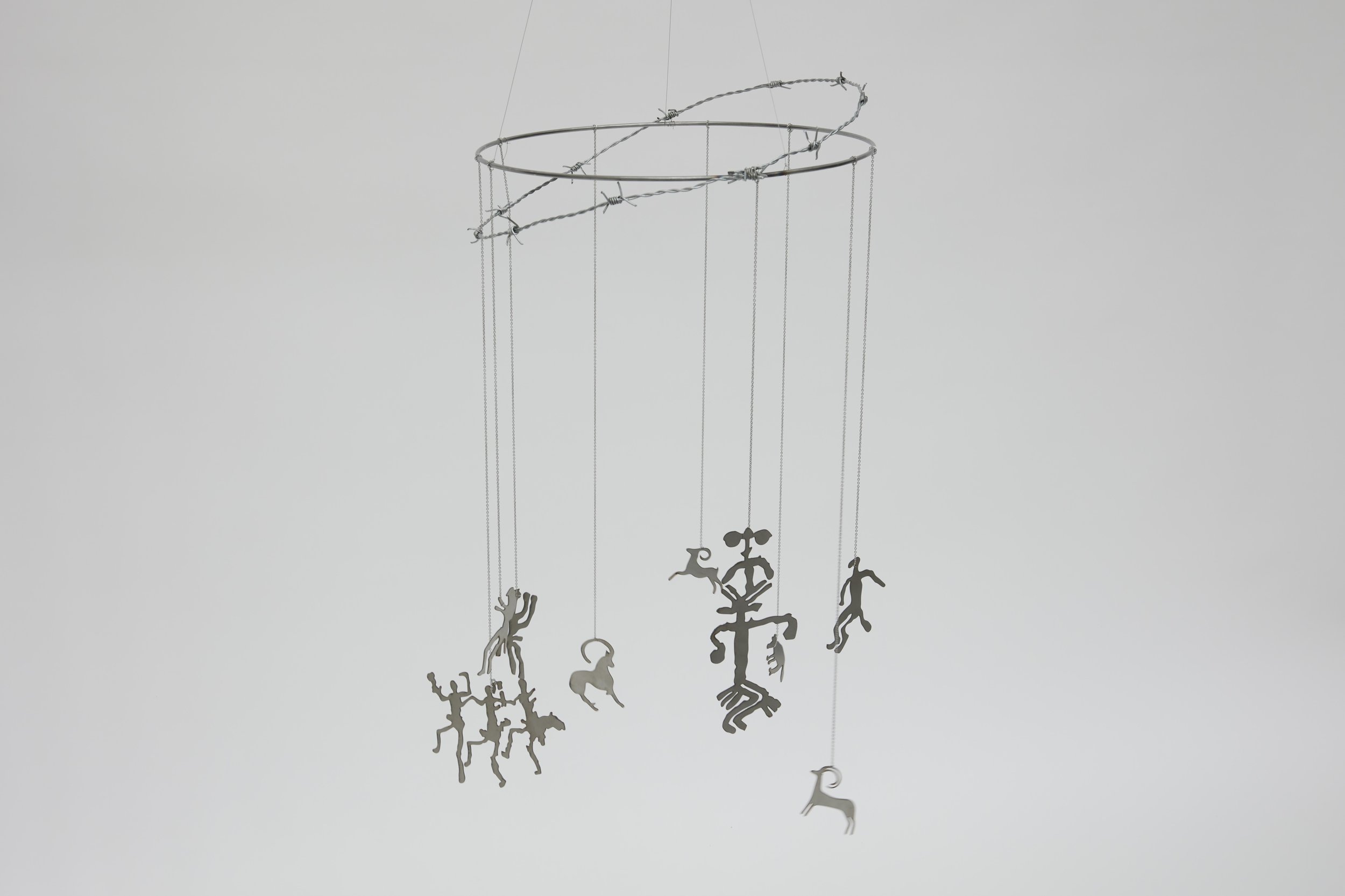Alina R.J
Alina R.J is a multidisciplinary artist from Kazakhstan, expressing her ideas through painting and sculpture, alongside movement and sound. Through her practice, Alina explores spirituality rooted in Eastern ancestral beliefs and philosophies based on connection with self in the world of distracting factors.
Alina R.J, 2024. Photo Courtesy: Alina R.J
She has created art for as long as she can remember and the person who introduced her to it was her grandfather – he worked at a museum and brought her to art classes there as a young child. This is where Alina began her creative journey, continuing it while growing up learning to work in different mediums, such as ceramics and photography.
The creation of art is an outlet through which Alina translates her journey of reconnection with self through spiritual practices. In the abundance of ways to connect to spirituality, her choice fell on Eastern philosophies, which allowed for drawing connections with self through natural processes and cycles, such as moon cycles and ancestral wisdom of the past that were lost for the society as a consequence of the post-industrial revolution.
Inspired by The Tao of Physics, a book by Fritjof Capra, Alina has gained interest in the connection between Western science and Eastern philosophies. The book resonated with her, explaining the connection between quantum physics and such practices as Hinduism, Buddhism and Zen.
Alina R.J, Ancestral Dreams, 2024. Photo Courtesy: Alina R.J
Alina’s personal journey manifests itself through spiritual practices integrated into her life such as yoga, meditation and reiki. Alina shares her knowledge by leading guided meditations and art healing workshops that allow for finding touch with yourself through the practice of painting. The two practices come into synergy in Alina’s paintings, where she depicts abstract visuals that come to her during meditative practices she engages in or hypnagogia, a transitional state from wakefulness to sleep, she experiences due to insomnia.
The paintings combine abstract lines and texts – observations and unrhymed poems. In her paintings Alina invites a spectator to find symbols and metaphors, not the ones she has hidden but each one for themselves. For her, interpretation of the audience matters as she believes through her paintings everyone sees themselves and what they are about, through connection with the collective unconscious. The exploration of the totality of conscious and unconscious mind through the studies of Jung is one of the crucial parts of Alina’s practice, delving into the idea that all the answers one needs are already within them.
Alina R.J, Untitled, 2020 Photo Courtesy: Alina R.J
The childhood spent in Kazakhstan, Almaty has a deep impact on Alina’s practice. Growing up in a city surrounded by mountains, where the land touches the sky opened up contemplations on something bigger than societal norms and preconceptions in a person and serves as a constant reminder of the power of nature. A pivotal moment happened when young Alina was taken on a field trip to see Tamgaly, a UNESCO world heritage site where petroglyphs - rock paintings of Ancient Turkic and Tibetan iconography dated to the bronze age- were found. The carvings left a mark in a child’s mind as a way of ancient storytelling through symbols. The symbols from Tamgaly can be found in Ancestral Dreams (2024), where the collective unconscious that we experience in our dreams is explored in synergy with the ancient imagery and in Untitled [The Sacred Fire] (2024), a sculptural fire bowl made as a prop for a performance, involving rituals of Turkic religion, emphasising the importance of preservation of one’s cultural heritage, beliefs and traditions.
Alina R.J, Untitled [The Sacred Fire], 2024 Photo courtesy: Alina R.J
Art based in action is an integral part in Alina’s practice. Her performances are based in duration and slow, lasting moments. Tusau Keser (cutting ties in Kazakh) is based on an ancestral ritual celebrating the moment when a child learns to walk. During the ritual, child’s legs are tied together and an older member of the family cuts the ties, to make the life journey of the child easy and successful. Alina never got to experience the ritual so she decided to conduct it for herself. Even though Tusau Keser is meant for the youth, the artist chose a symbolic time to engage in it. In Kazakh culture life goes in 12-year cycles, and so Alina has cut the ties at the end of her second life cycle. She also did it herself, and acted as an adult to her inner child. There is a belief, that the path of a child will resemble the one of the cutting. Alina chose to follow her own path in accordance with a deep connection to her roots.
Alina R.J, Tusau Keser, 2024 Photo Courtesy: Alina R.J
Alina R.J, Tusau Keser, 2024 Photo Courtesy: Alina R.J
In her latest performance, conducted at the end of her residency at Mandy Zhang Art Gallery, during What Is and What Is Not (2024) Alina is sitting on the floor with a sculpture consisting of a glass ball within a metal ball connected to her hands with string slowly moving he arms, putting the sculpture into motion simultaneously. The meditative action is inspired by Taoist philosophy, the overcoming, through ritual and mystical practices, of the physical limitations of the body. Alina is sitting in the circle of frankincense and oyster shells, where frankincense refers to the customs of the orthodox church and the oysters symbolise overcoming a physical “shell” of a body into the transcendental world of the spirit. The sculpture in Alina’s hands symbolises the balance between opposing forces, Yin and Yang. The idea of the performance is inspired by The Tao of Physics, a book by Fritjof Capra, that has served as a point of connection between Western science and Eastern philosophy for the artist.
Alina R.J, What Is and What Is Not ,2024. Photo Courtesy: Alina R.J
Alina R.J, What Is and What Is Not ,2024. Photo Courtesy: Alina R.J
Another way of communicating to the audience for Alina is through soundscapes. The mobility of sound and its ability to travel through space fascinates her. In Whispers of the Steppe (2024) one can hear SӨREL, JEZTYRNAQ, and UBBE – dark creatures of Kazakh folklore in Alina’s interpretation. There are three soundscapes in the series, with each, you follow one of the spirits in their endeavours. The artist’s choice to work with a fully non-visual medium is inspired by the dynamic, non-linear and mindful process of listening, foreign to a visual-dominated society, proposed in Quantum Listening by Pauline Oliveros (2021).
Alina R.J, Tusau Keser, 2024 Photo Courtesy: Alina R.J
Alina’s work disrupts society's fixation on the fleeting rewards of "productive living," exposing the raw and authentic essence of existence—our intrinsic reliance on natural cycles and the study of energy. Her practice moves in harmony with the rhythms she cultivates in her own life, creating a natural tension against societal expectations. Through her art, she crafts a dimension of slow, mindful living that invites viewers into a space of contemplation—a way of being that is not only alluring but profoundly necessary in the fast-paced demands of contemporary life.
To find out more about Alina R.J, connect via Instagram.
Maya Kil
Interviews Co-Editor, MADE IN BED










